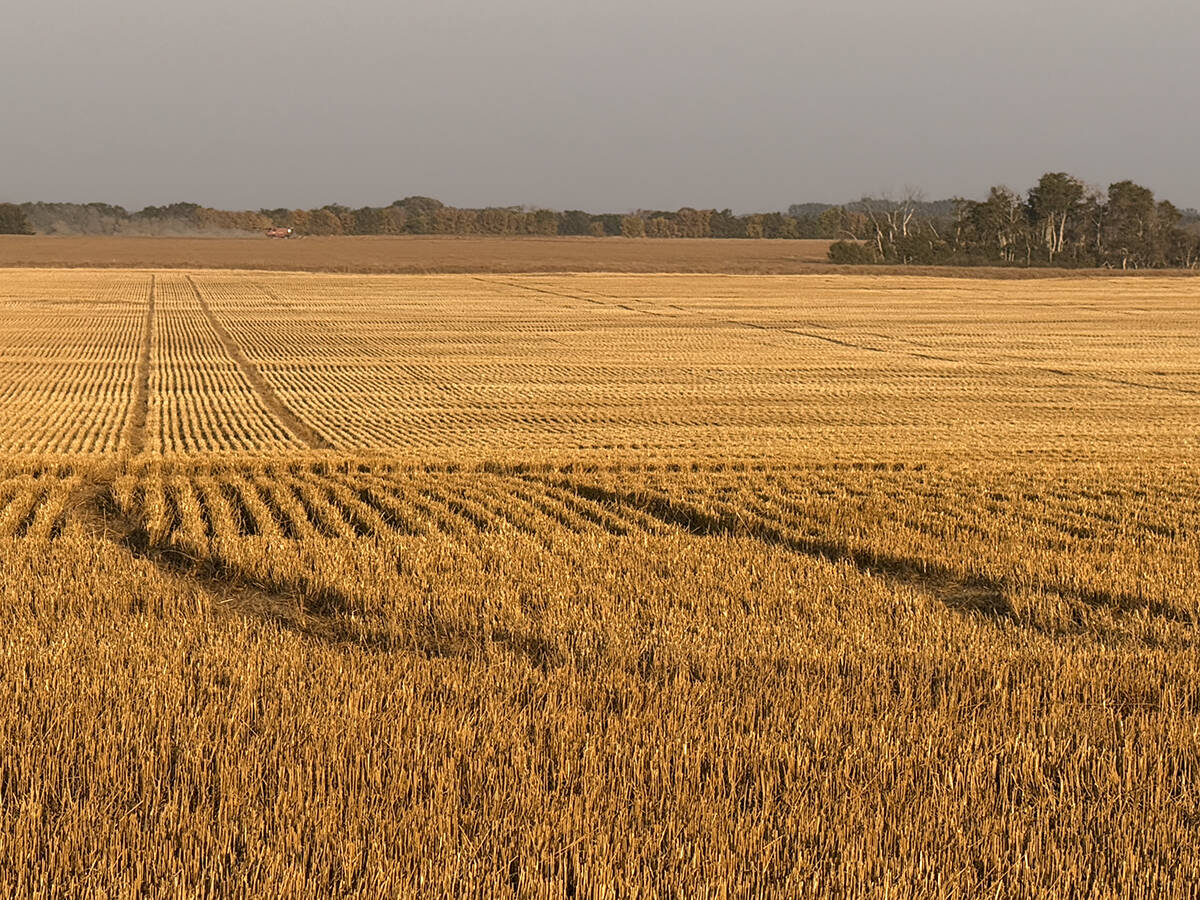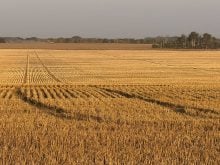Timeliness is the most important aspect of chemical gopher control.
“You must manage Richardson’s ground squirrels early, as soon as they are out of the ground, because as soon as the grass turns green, they lose interest in the treated bait,” says Cameron Wilk, Saskatchewan Agriculture’s provincial pesticide specialist.
However, he said this is the last year that chemical control will include fresh strychnine for Richardson’s ground squirrels, more commonly known as gophers. The emergency registration of two percent liquid strychnine concentrate was granted for Feb. 3 to June 30.
Read Also

Final crop reports show strong yields, quality
Crops yielded above average across the Prairies this year, and quality is generally average to above-average.
Because of a worldwide shortage of the poison, prairie supplies this spring will be limited.
The freshly mixed bait must be used immediately, so farmers must schedule a mixing session with their municipal office to ensure the best application time. Each burrow is treated with five to 15 millilitres of the strychnine-treated grain, which is placed deep in the burrow so it is not visible from the surface. Bait must not be scattered outside the burrow, and no above-ground bait stations can be used.
“The treated burrow must be monitored for dead ground squirrels every day,” Wilk said.
All carcasses must be disposed of by burning or by burial in a pit no less than 46 centimetres deep.
“Handlers must remember the bait may be fatal if swallowed, and it is corrosive to the eyes. Medical attention must be obtained immediately in either instance.”
The cost of the liquid to farmers could be four times higher than last year. Wilk estimated the average cost of the fresh bait will be $35 per acre.
Zinc phosphide products are the preferred alternatives to liquid strychnine because of the minimal risk of secondary poisoning. However, pre-baiting three days before application is required.
Pre-baiting is also needed with chlorophacinone-based products.
Other alternative treatments include: sulfur gas; a diphacinone-based product; ready-to-use strychnine baits; and a product that combines cholecalciferol with vitamin D3. The more effective products are usually more expensive.
“Richardson’s ground squirrel populations are cyclical, and we are at a high point in that cycle now,” Wilks said.”We also know that high moisture conditions contribute to the low expansion rates of populations, so the weather plays a part in control. Disease is another natural control.”
Because the Pest Management Regulatory Agency says it will no longer approve strychnine after June 30, future gopher control programs must be developed around an integrated pest management strategy.
Such a strategy is being developed by a group that includes Wilk, Saskatchewan Agriculture’s insect and pest management specialist, Alberta Agriculture’s provincial vertebrate pest specialist and two PMRA officials.














